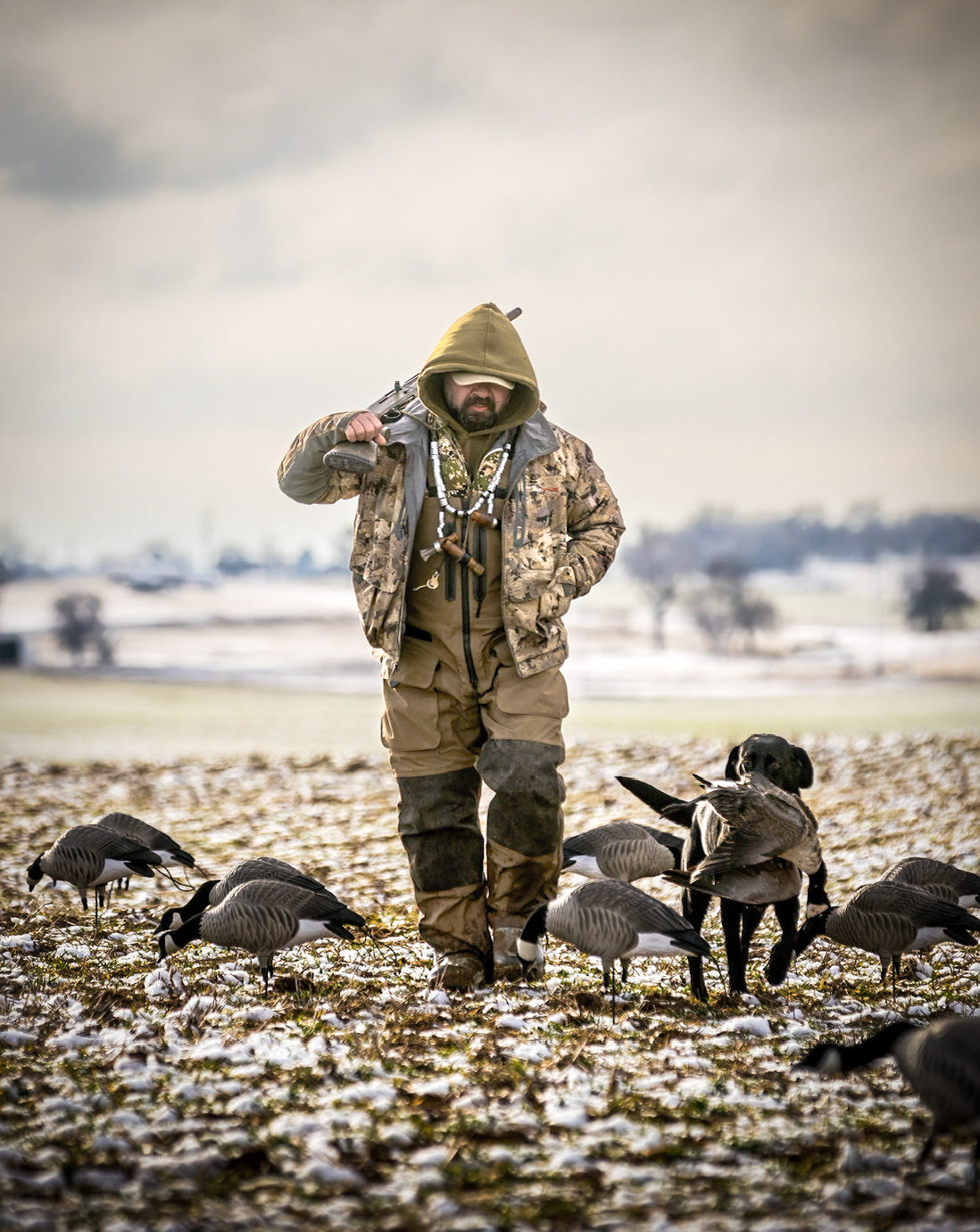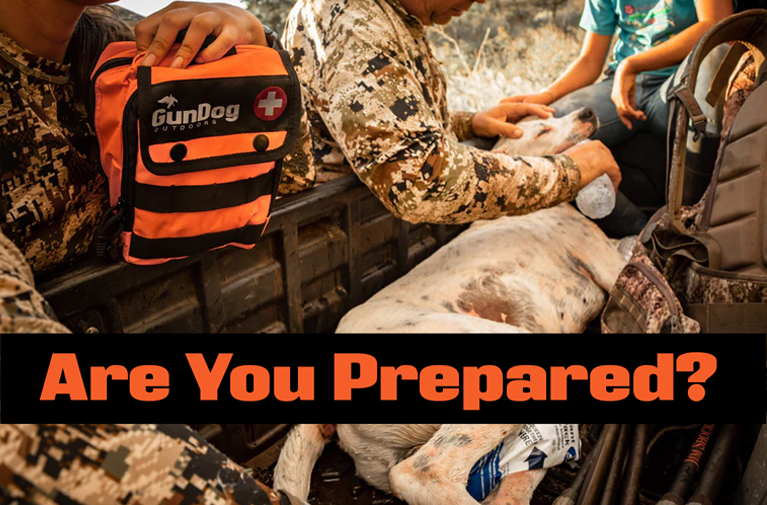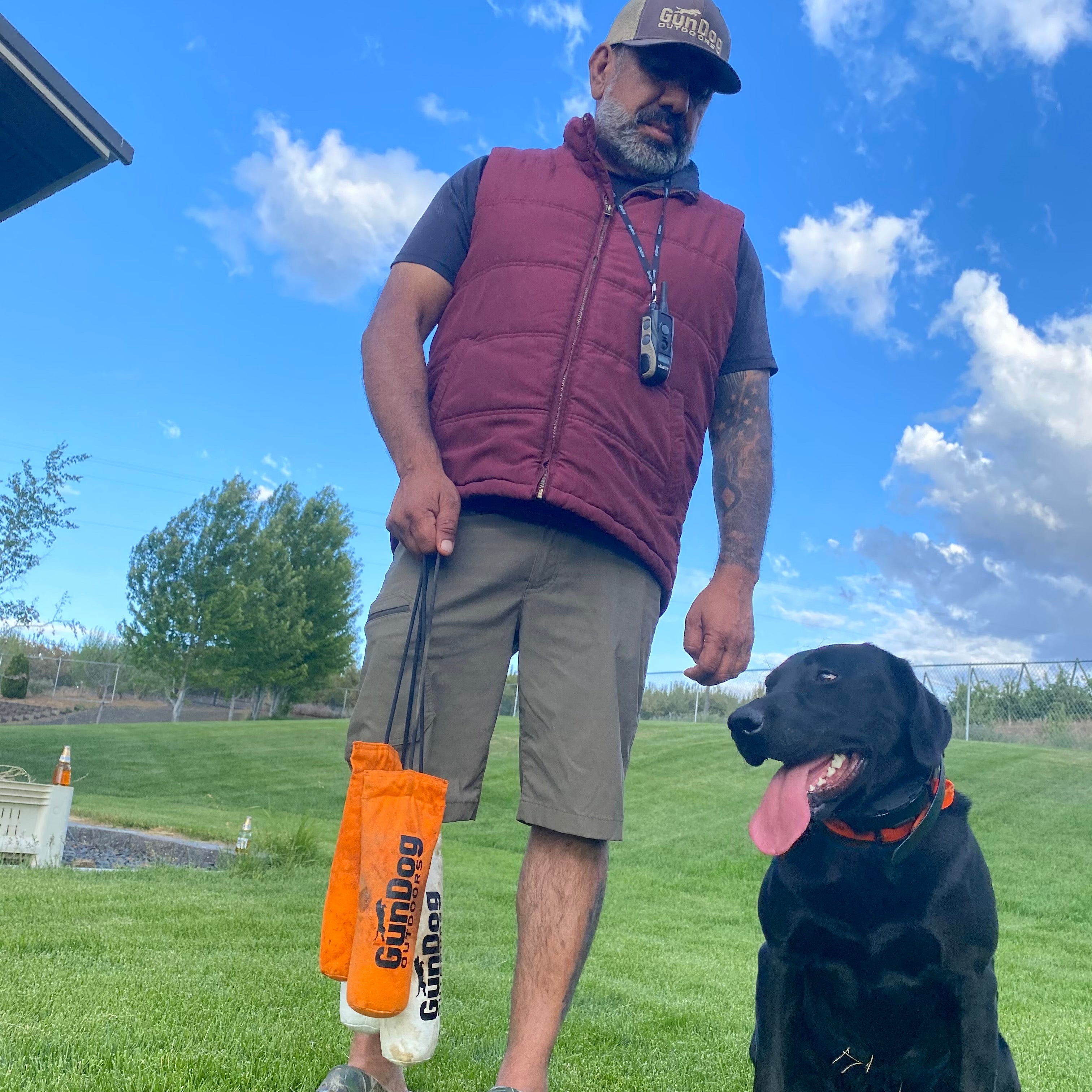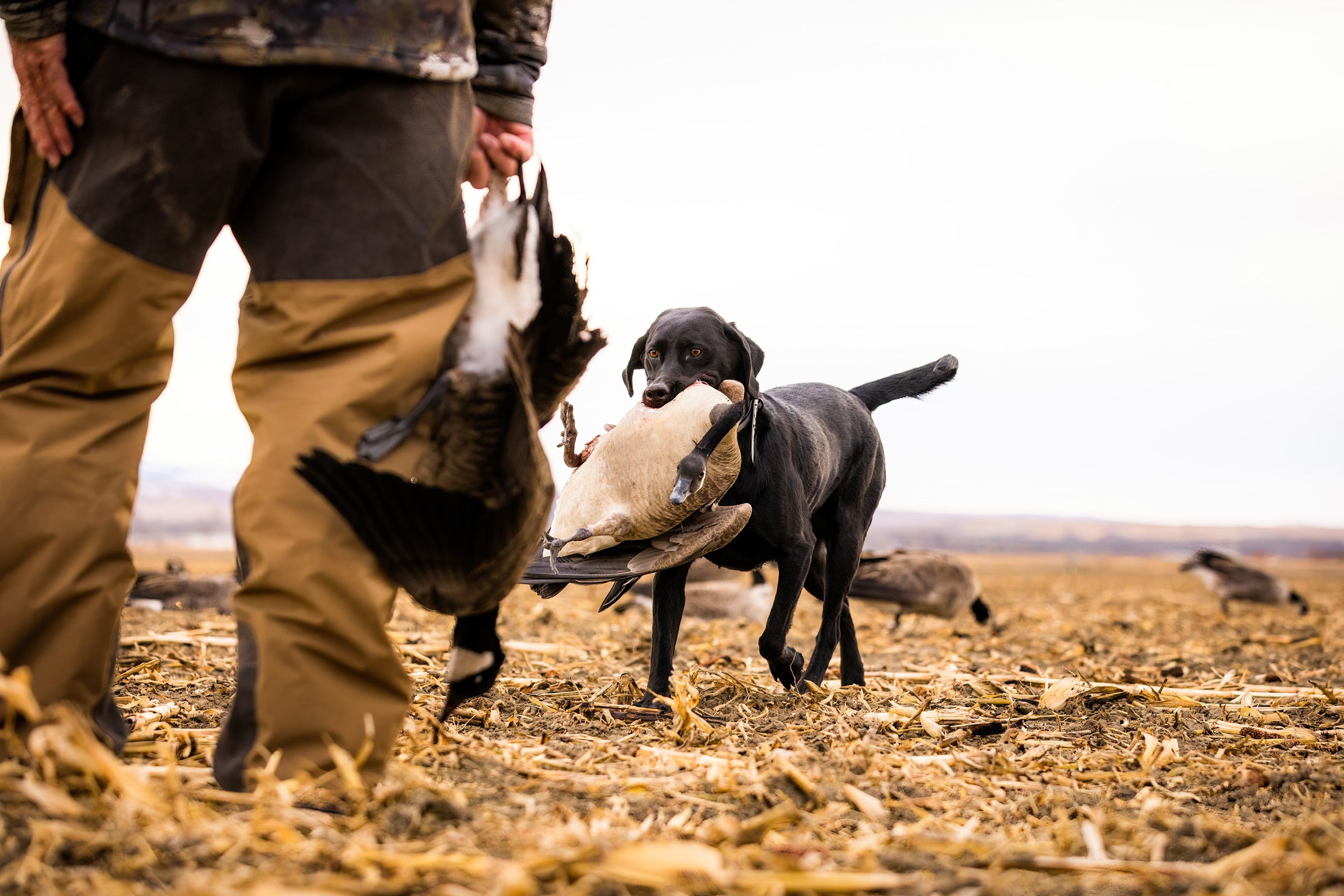How to identify, treat and prevent heat related injuries in working dogs

We’re in the dead of summer in North America. A summer than has seen numerous heat records broken throughout our country. So let’s talk dogs and heat and how important it is for us as responsible owners to be vigilant when it comes to our working dogs.
Heat stroke or hyperthermia, is the number one cause of death in working dogs. Dogs don’t have efficient cooling systems. Unlike humans, dogs can't sweat through their skin and so they rely on panting and releasing heat through their paw pads and nose to regulate their body temperature. Members of the working class breeds, retrievers, pointers, setters, will play and work in the heat; not having a clue they are overheating until they collapse. Their intense work ethic makes them excellent working dogs, so owners must monitor these dogs closely to watch for symptoms of overheating.
What are the symptoms of hyperthermia?
The number one sign is excessive panting. Your dog will pant so hard they hyperventilate themselves to state of unconsciousness. Other signs include dehydration (dry nose), excessive drooling, fever (over 103 is abnormal), change in gum appearance, vomiting, diarrhea, muscle tremors, rapid pulse or generalized weakness.
So how do you treat heat exhaustion?
Take your dog to a cooler area immediately, preferably indoors or air conditioned vehicle. Lower their body temperature by wetting them thoroughly with cool water. Do not use cold water, cooling too quickly can actually be just as dangerous as heat exhaustion. Target their ears and paws. This will help reduce any fever. Put them in front of a fan to dry off. If you have a pet thermometer handy, check their temperature every few minutes. Do not use a glass thermometer that your dog might bite and break. Buy a rectal pet thermometer and keep on hand. Once their temperature drops to 103 degrees (F), remove the fan and stop applying water. Give them small amounts of cool water. Seek medical attention from a veterinarian immediately.

So how do you prevent hypothermia?
If your dog spends a lot of time outdoors, make sure they have plenty of water and cool, shady areas to rest in. Bring them indoors during peak temperature hours. Avoid working your dog during peak temperatures hours. Working them in water where the water actually will keep them cool is much better than in the field. Give them plenty of water. It is difficult for the body to hydrate after the fact. Make sure to have full bowls of fresh water where your dog can easily access. And make sure to bring water with you if you are out and about.
Remember it’s our responsibility as dog owners to keep our hard working companions safe and healthy.
Use code “waterdog” for one time 20 percent discount on our water bottles for dogs.







